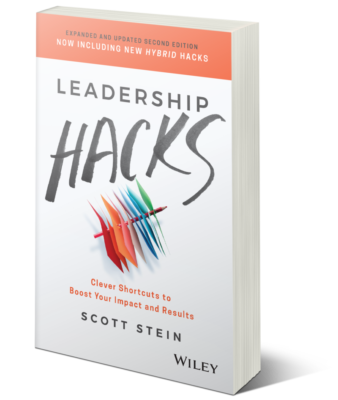How do we keep staff productive whilst working remotely? Research during the pandemic lockdowns showed that large amounts of staff felt burnout and isolated when they worked nonstop with their eyes glued to a computer monitor for eight to ten hours a day.
To ensure productivity for working remotely we need to safeguard staff so they don’t fall into past routine. We need to help shift their mindset to the way they work when working remotely. To help them be productive and happy here are 3 key activity types to focus on when working remotely: work, recharge and relax.
Work Activity
Work activity is the activity that staff are tasked to do on a daily basis, which takes up the majority of their time and energy. Just like working in the office, these remote work tasks are generally easy to identify and include day to day responsibilities that people normally do. For remote staff this activity will often include both working ‘in the business’ on short term immediate things that are due and working ‘on the business’ which involves longer term projects.
When staff remove the daily commute to the office they have more time. Research by the National Bureau of Economic Research showed during the pandemic remote workers worked on average 48.5 more minutes per day. It is no wonder that productivity during the pandemic increased as remote staff spent almost an extra hour a day working! The challenge was this pace of remote work is not sustainable and resulted in many staff being burned out. This is why the next two types of activity are so important to remote work.
Recharge Activity
How many times have you worked a long stretch in front of a computer and realised that you were a bit drained and not as productive or clear thinking as normal? This is what happens to remote staff when they do not take a break to recharge and continue working at their laptop screen hour after hour.
In a normal office environment, people take mini breaks to chat to a colleague or get a takeaway coffee by walking to a café five minutes from the office. This allows us to recharge our energy physically and mentally. However, when people work remotely, they can often feel a bit guilty about taking this break as it can be seen as wasting time. This often encourages staff to work longer before taking a break to recharge.
A recharge activity boosts our energy and lifts our focus on the work tasks that we need to do. This can be taking the dog for a 20minute walk at afternoon tea to shift the energy in the afternoon or meeting a colleague for a quick lunch meeting at a local café. The key is to ensure that the recharge activity is a mini break that only takes a small amount of time and helps put energy back into people.
Relax Activity
Another common challenge when working remotely is that the workday starts extending longer and longer into the evening. When working remotely it can be a bit tricky to separate work time from personal time. I worked with a manager who mixed up these hours and did not realise it until her children started complaining about the fact that they had been eating dinner at 9pm almost every night for the past month. Unfortunately, she did not create boundaries to ensure that work activity did not take over her life.
If we want staff to sustain productivity and be happy, they need to be able to stop work and just relax. To help them, discuss what time they will stop their work activity and encourage them to take time to relax. If they have been working on a large project and putting in a lot of work hours, have them take half a day off to relax and do something that will allow them to have a break.
With remote work here to stay, if we help staff understand the 3 types of activity they can be improve both their productivity and their happiness.


